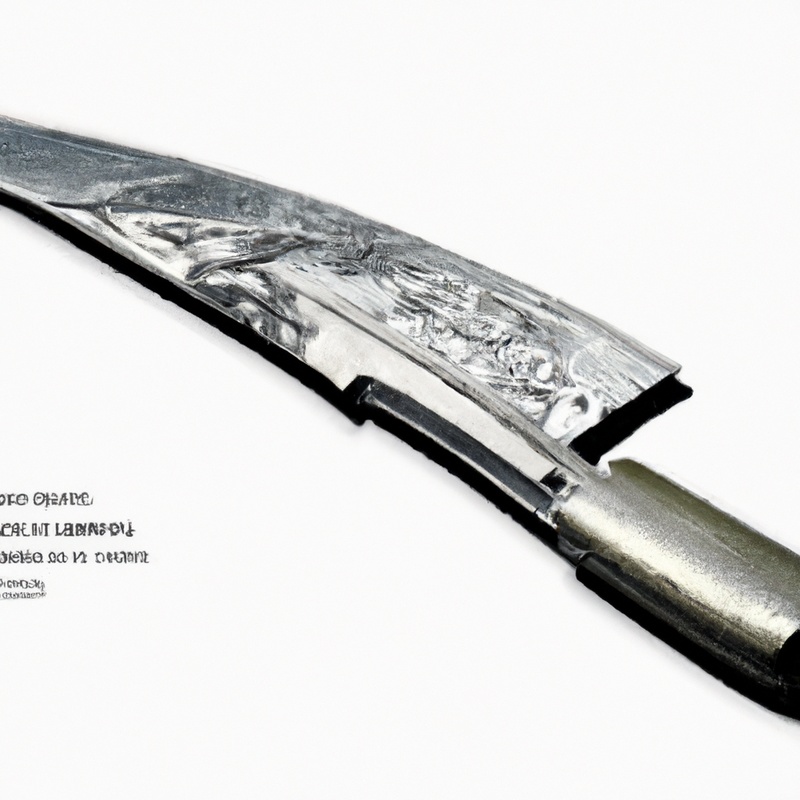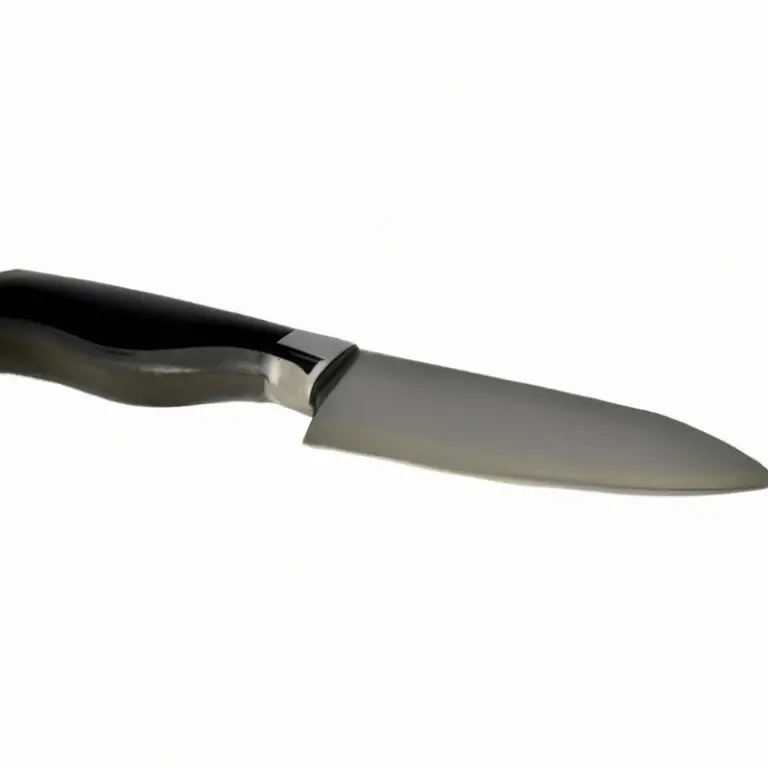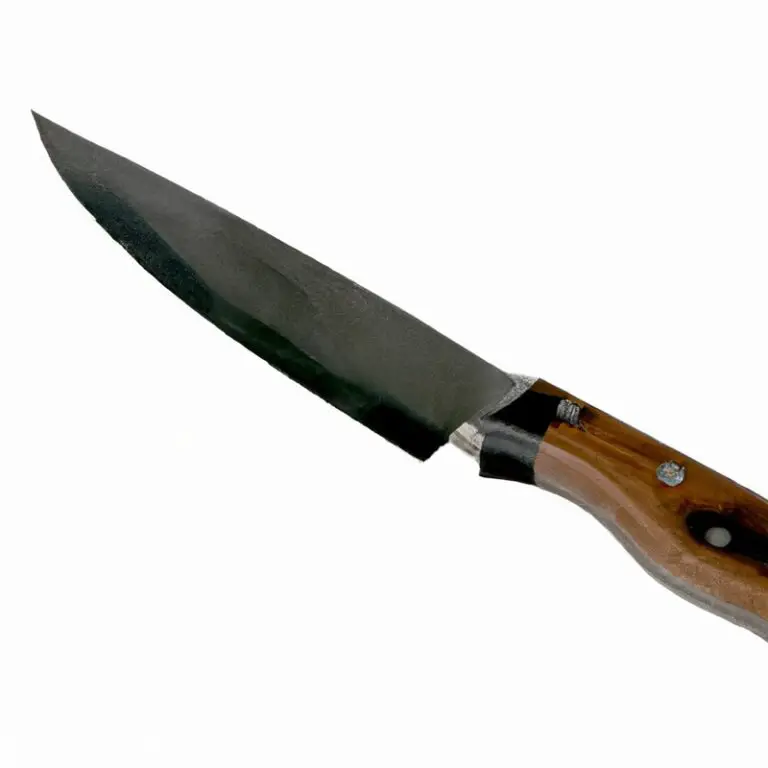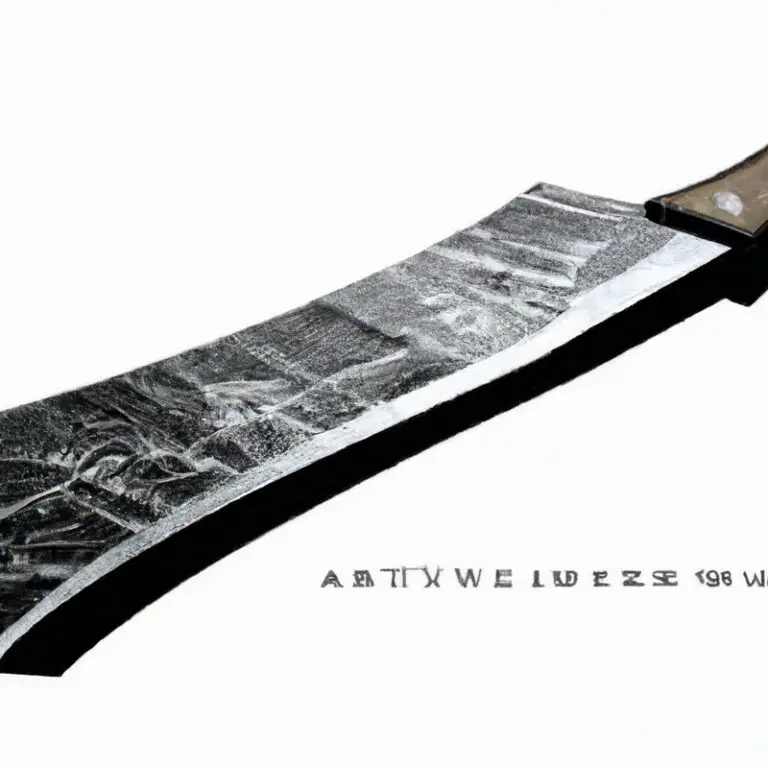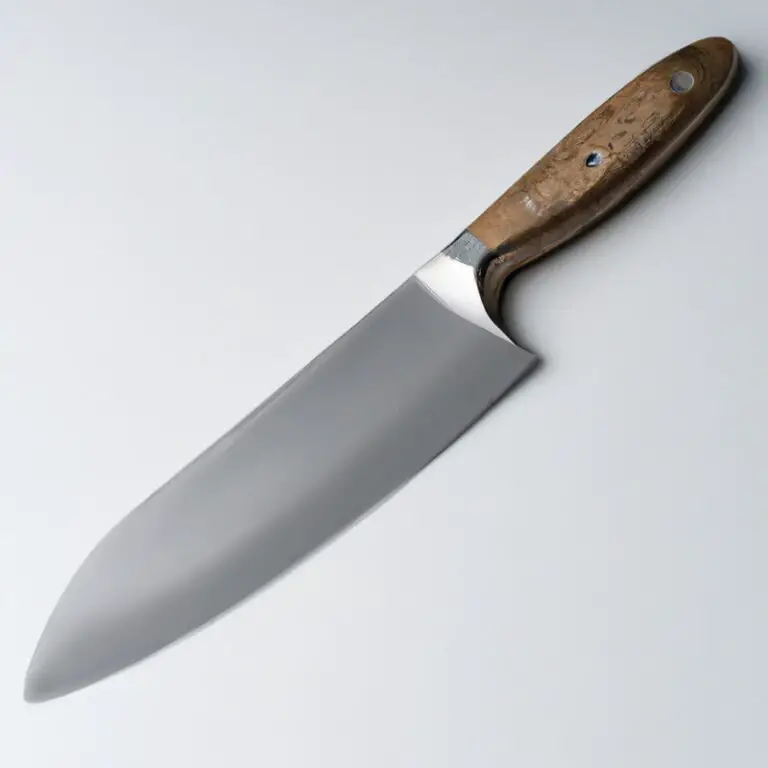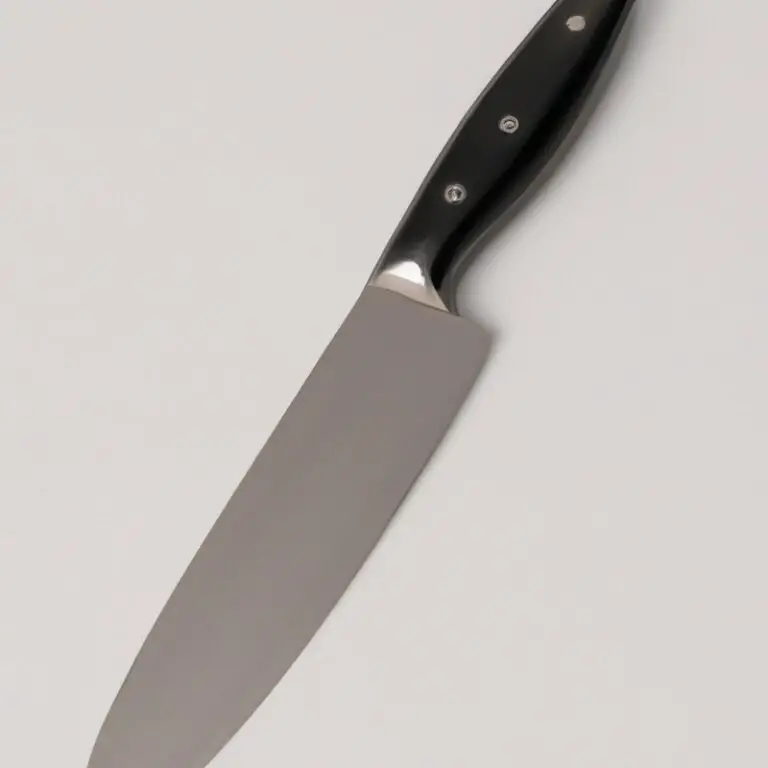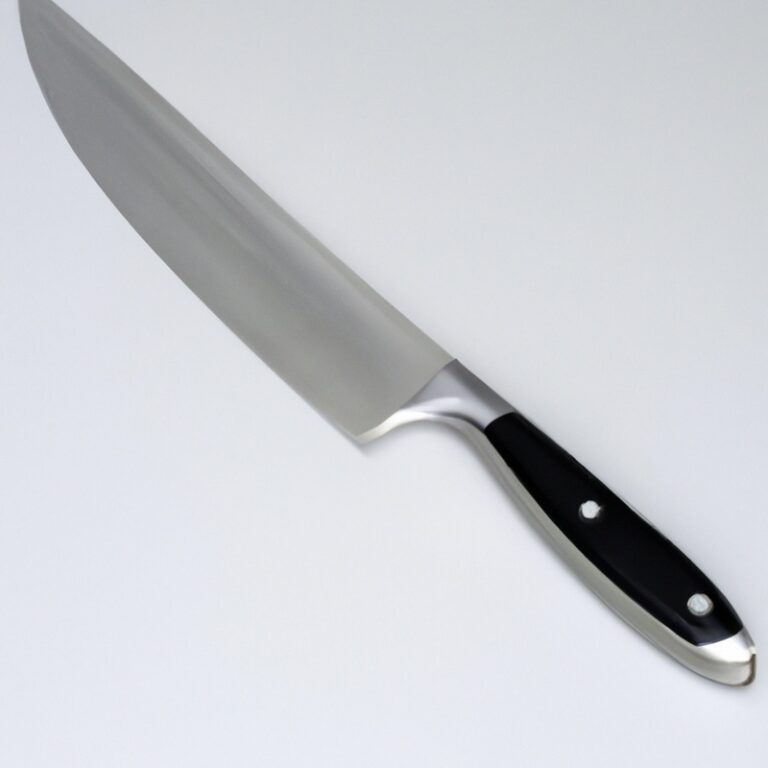How To Fillet a Blackfin Tuna Using a Fillet Knife Like a Pro?
Key Takeaways:
- Choose the right fillet knife with a long, thin, and flexible blade for optimal precision when filleting a blackfin tuna.
- Begin by removing the head and tail, then make a clean cut down the middle of the fish to separate it into two fillets.
- Use a smooth sawing motion with the fillet knife to carefully remove the skin and bones from the fillets.
- With practice and patience, anyone can learn how to fillet a blackfin tuna using a fillet knife and enjoy delicious, freshly caught fish at home.
Are you a fishing enthusiast looking to learn how to fillet a blackfin tuna like a pro? Filleting a fish is a skill that takes practice and the right tools, and a fillet knife is essential.
In this guide, I’ll take you through the steps to fillet your blackfin tuna with ease, from finding the best location to cleaning and storing your fillets for later use.
We’ll cover how to maintain the sharpness of your fillet knife, identify the edible parts of the tuna, and even explore some delicious cooking techniques to make the most of this nutritious fish. But first, let’s get started with the basics of all things filleting.
| Steps | Description |
|---|---|
| Step 1 | Place the blackfin tuna on a cutting board, belly facing upwards, and insert the tip of the fillet knife right behind the gills. |
| Step 2 | Cut down towards the spine by following the natural curve of the fish. |
| Step 3 | Run your fillet knife along the spine and cut through the ribs to separate the fillet from the body of the fish. |
| Step 4 | Flip the fish over and repeat steps 1 through 3 to remove the second fillet. |
| Step 5 | Lay each fillet flat on the cutting board with the skin-side down and use the fillet knife to remove the skin from the fillet by running the blade between the flesh and skin. |
| Step 6 | Trim any remaining bones or dark meat from the fillet and cut it into desired portions. |
Essential tools needed to fillet a blackfin tuna using a fillet knife
To fillet a blackfin tuna using a fillet knife, there are some essential tools you will need. These include a fillet knife, a cutting board, a pair of pliers, a sharpening stone or honing tool, and possibly a fillet glove for safety.
Your fillet knife should be sharp and have a flexible blade to remove the skin and bones easily.
A cutting board should be large enough to accommodate the fish and have a non-slip surface to prevent accidents. Pliers are useful for removing tough and hard-to-reach bones.
Keeping your fillet knife sharp is crucial, so invest in a sharpening stone or honing tool to maintain its edge.
A fillet glove can also provide protection against cuts while handling the fish and filleting. These tools will make the filleting process smoother, more efficient, and safer.
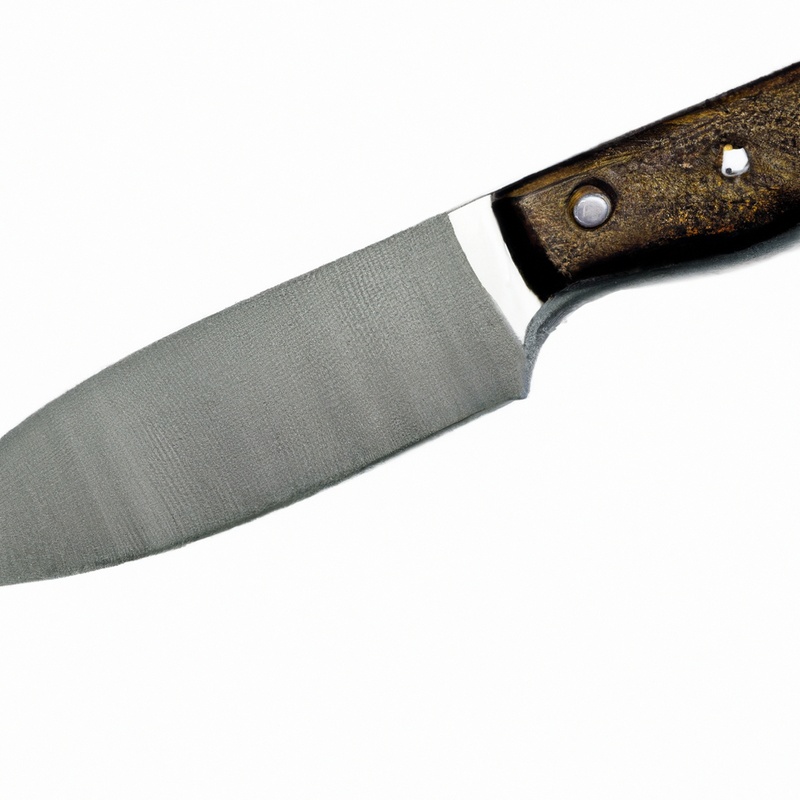
Finding the ideal location for cleaning and filleting the fish
When it comes to finding the ideal location for cleaning and filleting the fish, it’s essential to consider a few things. First, choose an area that’s clean and well-lit.
You need to be able to see what you’re doing and avoid any potential accidents.
Next, make sure the surface is flat and stable, so the fish doesn’t move around when you’re cutting it. A sturdy cleaning board or table is an excellent option.
You may also want to consider setting up near a source of running water, such as a hose or sink.
This will allow you to rinse the fish and your knife frequently, keeping everything clean and hygienic. Finally, choose a location that’s away from direct sunlight and wind.
The heat and wind can cause your fish and knife to dry out quickly, making the filleting process more challenging.
Following these guidelines will help you find the perfect spot for cleaning and filleting your blackfin tuna.
Preparing the fish for the filleting process
Before filleting a blackfin tuna, it is crucial to prepare the fish properly. Start by washing the fish with cold water to remove any impurities and blood.
Once you have cleaned the fish, make a shallow cut at the base of the head and cut towards the stomach.
Use your thumb to pry open the stomach cavity. Remove the internal organs and rinse the cavity with cold water.
Make sure to remove all the blood from the cavity.
Afterward, remove the head by making a cut through the neck. Next, remove the scales by scraping them off with a sharp knife or a scaler.
This step is essential to avoid any scales in the fillets.
Finally, rinse the fish once more with cold water and pat it dry with a clean towel. Remember to keep the fish chilled during the preparation process as well as after filleting.
Cooling the fish preserves its freshness and makes it easier to handle.
Proper preparation ensures that the filleting process goes smoothly and the resulting fillets are of the highest quality.
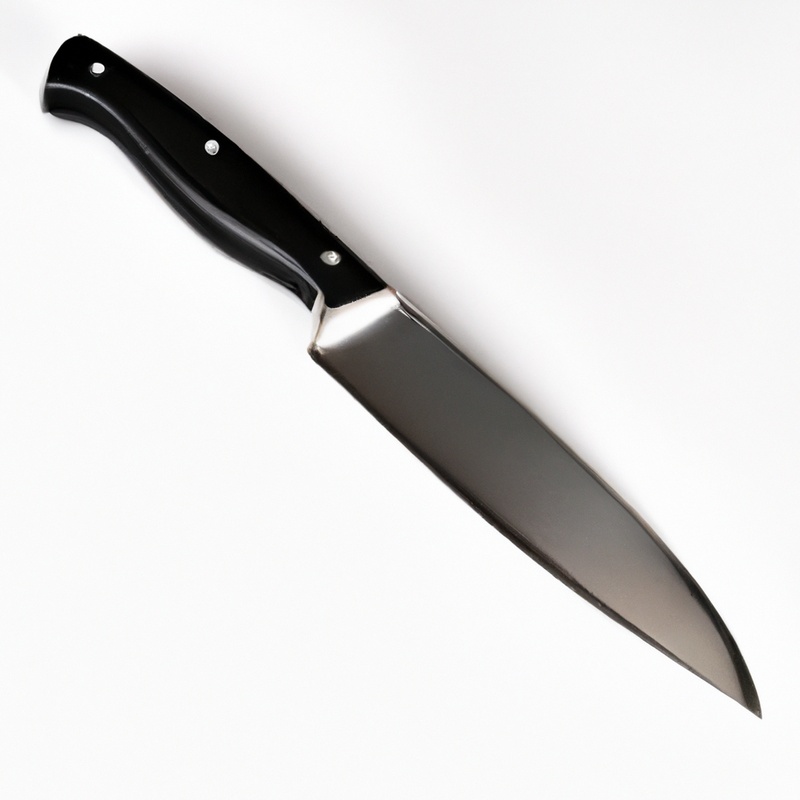
Step-by-step guide for filleting a blackfin tuna using a fillet knife
Step-by-step guide for filleting a blackfin tuna using a fillet knife:
- Start by placing the blackfin tuna on a flat surface, with its belly facing downwards.
- Use a sharp fillet knife to make an incision behind the gills on one side of the fish.
- Holding the fillet knife at an angle, cut along the backbone towards the tail of the fish, separating the fillet from the bones.
- Use long, sweeping strokes to cut away the skin from the fillet, being sure to remove all the scales and bones.
- Turn the fish over and repeat the process to remove the second fillet.
- Clean the fillets thoroughly, removing any remaining bones, and rinse them in cold water.
- Pat the fillets dry with a paper towel, and store them in a refrigerator or freezer for future consumption.
Remember to always handle the fillet knife with care to avoid injury, and keep it sharp for easier and safer filleting.
Cleaning and storing the fillets for future consumption
After filleting a blackfin tuna using a fillet knife, you need to clean and store the fillets correctly to ensure their freshness and quality for future consumption. Start by rinsing the fillets with cold water and patting them dry with a clean towel.
If you notice any remaining scales or bones, use tweezers or pliers to remove them carefully.
Next, you’ll need to decide how you want to store the fillets. You can wrap them in plastic wrap or foil and place them in the fridge, but be sure to use them within two to three days.
If you plan on keeping them longer, consider freezing them.
Wrap each fillet tightly in plastic wrap or foil and place them in a freezer-safe bag. Label the bag with the date and put them in the freezer.
It’s important to note that frozen blackfin tuna fillets can last up to six months, but for the best quality, use them within three to four months.
Before cooking frozen fillets, thaw them in the fridge overnight. Cleaning and storing your blackfin tuna fillets properly can ensure their freshness and quality for future consumption.
Tips on how to maintain the sharpness of your fillet knife
Keeping your fillet knife sharp is essential to ensure a smooth and precise filleting process while reducing the risk of injuring yourself. Here are some tips on how to maintain the sharpness of your fillet knife:
- Use a sharpening stone or honing steel to sharpen your fillet knife before and after every use.
- Avoid using your fillet knife on hard surfaces such as bones or frozen fish as it will blunt the blade.
- Clean and dry your fillet knife thoroughly after every use, as moisture can lead to rust and bluntness.
- Store your fillet knife in a protective cover or a knife block to prevent it from getting damaged or dull.
- Regularly oil your fillet knife blade as it helps to prevent rust, and restores its cutting edge.
Maintaining the sharpness of your fillet knife is crucial for filleting blackfin tuna like a pro. By following these tips, you can keep your knife in top shape and make the most out of your filleting sessions.
Identifying the edible and non-edible parts of a blackfin tuna
Identifying which parts of a blackfin tuna are edible and non-edible is crucial for maximizing the use of your catch and avoiding any potential health risks. The meat of the blackfin tuna is considered to be a delicacy, but there are also parts of the fish that should not be consumed.
Edible parts of a blackfin tuna include the fillets, which can be found along the sides of the fish.
These fillets can be further broken down into smaller pieces for cooking or freezing. The belly of the blackfin tuna is also edible, as it contains a rich and flavorful meat.
Non-edible parts of a blackfin tuna include the head, tail, and bones.
The head of the fish is not typically consumed but can be used to make fish stock. The tail of the blackfin tuna has very little meat and is mainly composed of bones and tendons.
The bones of the fish are not edible and should be removed during the filleting process to prevent any accidental ingestion.
Correctly identifying the edible and non-edible parts of a blackfin tuna is important to enhance your culinary experience and avoid any potential health risks.
Best cooking techniques for blackfin tuna fillets
Blackfin tuna is a delicious and versatile fish that can be cooked in many ways. The best cooking techniques for blackfin tuna fillets include grilling, baking, searing, and pan-frying.
These methods will help preserve the flavor and texture of the fish while making it easy to prepare.
Grilling is the perfect way to cook blackfin tuna fillets. The high heat of the grill will help give the fish a crispy exterior while keeping the inside tender and moist.
It is recommended to brush the fish with olive oil and season with herbs and spices before placing them on the grill.
Baking is another great cooking technique for blackfin tuna fillets. Simply seasoned with salt, pepper, and olive oil, the fillets can be baked in the oven at 400°F for 10-15 minutes.
This method is ideal for those who want a healthier and low-fat option.
Searing the blackfin tuna fillets in a hot skillet with a bit of oil is another great way to cook them. This method will give the fish a golden brown crust, sealing in all the juices and flavors.
Sear for about 2-3 minutes on each side and let it rest for a few minutes before serving.
Pan-frying is another easy and delicious way to cook blackfin tuna fillets. Season the fillets with salt, pepper, and a bit of flour before placing them in a hot skillet with oil.
Cook for about 3-4 minutes on each side until golden brown.
Serve hot with your favorite sides. Blackfin tuna fillets can be cooked in many ways depending on your preferences.
Whether you like your fish grilled, baked, seared, or pan-fried, these cooking techniques will help you make the most out of your blackfin tuna fillets.
Understanding the nutritional value of blackfin tuna
Blackfin tuna is a great source of protein, vitamins, and minerals, making it a healthy addition to your diet. A serving of 3.5 ounces of blackfin tuna contains about 26 grams of protein, which is more than half of an adult’s daily protein needs.
It is also rich in omega-3 fatty acids, which are essential for maintaining good heart health and brain function.
Additionally, blackfin tuna is low in fat, making it ideal for those who are conscious about their calorie intake. Apart from providing essential nutrients, blackfin tuna is also a good source of selenium, vitamin B12, and niacin.
These nutrients help boost the immune system, improve heart health, and aid in the development of red blood cells.
Overall, blackfin tuna is a nutritious fish that can provide a lot of health benefits and is an excellent addition to any diet. However, pregnant women and children should limit their consumption due to the risk of mercury toxicity.
Safety precautions to consider while filleting a blackfin tuna
The process of filleting a blackfin tuna can be dangerous if proper safety precautions are not taken. Here are some essential safety considerations to keep in mind:
- Always wear protective gloves and glasses when working with a sharp fillet knife. This will reduce the risk of cuts and eye injuries.
- Make sure your fillet knife is sharp and well-maintained. A dull knife can slip and cause accidents.
- Use a fillet board or cutting surface that is sturdy and non-slip to prevent the fish from moving around.
- Be aware of the position of your hands and fingers while filleting the tuna. Keep them away from the blade and pay attention to where the blade is at all times.
- Use proper cutting techniques and make clean, even cuts to minimize the risk of injury.
- When disposing of fish waste, exercise caution and dispose of it in a designated area away from people and animals.
Remember, safety should always come first when filleting a blackfin tuna. By following these precautions, you can minimize the risk of accidents and safely enjoy your fresh, delicious tuna fillets.
Final Verdict
Filleting a blackfin tuna might seem like a daunting task, but with the right tools and techniques, it can be a rewarding experience. Remember to always prioritize safety while filleting, and carefully follow the step-by-step guide outlined in this article.
By identifying the edible and non-edible parts of the fish, using the proper cooking techniques, and considering its nutritional value, you can create a delicious and healthy meal for yourself and your loved ones.
Lastly, maintaining the sharpness of your fillet knife is crucial for efficient filleting, so make sure to properly store and sharpen it after each use. By following these tips and tricks, you can confidently fillet a blackfin tuna and enjoy its delicious taste.

